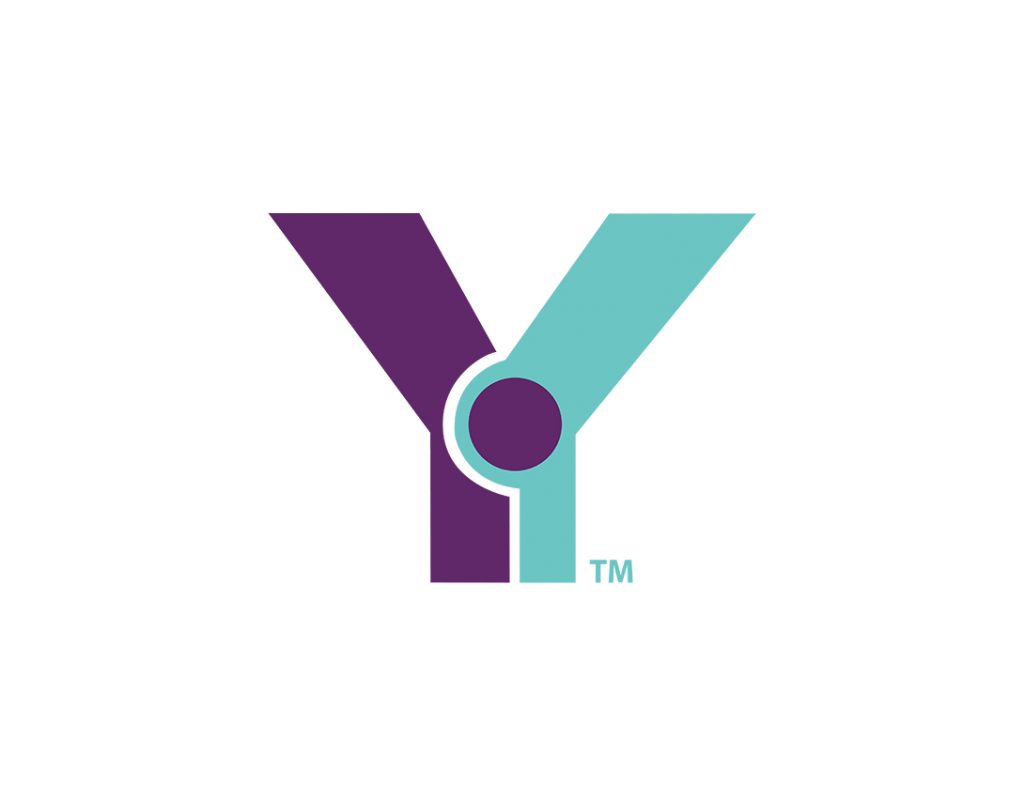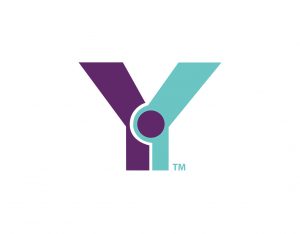In conjunction with our “Partners in Caring” program funded by the UJA-Federation of New York, the Y will feature interviews from six local survivors to better understand each individual’s story. These interviews will be showcased at the Hebrew Tabernacle gallery “Experiencing a Time of War and Beyond: Portraits of Spirited Holocaust Survivors”. The gallery will be opening on Friday November 8th.
Fredy Seidel lives in Washington Heights. Through this initiative, he has learned more about the Y and plans to become a member of the Center for Adults Living Well @ the Y.
Fredy Seidel (sculpture by Peter Bulow: WWW.PETERBULOW.COM)
After Kristallnact, the Seidels realized that it was no longer safe to stay in Germany so they decided to contact a Jewish agency in Breslau to begin preparations to leave. There was a Jewish organization that worked tirelessly to help Jews get out of Germany. The organization’s first priority was helping to get prisoners out of concentration camps, which was a very expensive task because the German government would not let prisoners leave the camps unless they were able to produce a roundtrip ticket out of the country. Fredy’s parents received a telegram at their synagogue on Saturday morning during services from this agency, stating that the agency found money for them to leave Germany and that they should come immediately. The agency had enough money to rescue Fredy’s parents, grandmother, and one of his brothers, Horst. Fredy’s oldest brother Rudi would be sent to Berlin to stay with an interfaith family in the hope that he would receive an affidavit to go to America. However, Rudi would never make it to America; while he was in Berlin, he was picked up from the street and sent to Auschwitz.
In 1939, the family left Bremerhaven, Germany and arrived in Shanghai a month later. After getting off the boat, the Seidel’s were taken to the ghetto that had been organized by the local Sephardic community. Fredy Seidel was born on May 1, 1941 in Shanghai, China. While in Shanghai, Fredy’s parents attempted to make a living by doing anything that they could to make money. The conditions were poor and made it very difficult to find work. The ghetto of 25,000 people was fed by a community kitchen that was also funded by the local Sephardic community. The ghetto had one synagogue, which had been built by Russian Jews. The synagogue became known as Ohel Moishe and that synagogue is still standing today.
The Jews who lived in Shanghai ghetto were housed in warehouses that were divided into 10 rooms. Each room provided shelter to 28 people. There were no walls; it was just one large room with bunk beds. Fredy’s mom would use a trunk and tablecloth to make a table for their meals. Conditions were not very sanitary. For example, the toilet was about 150 feet away from the room, so the Seidel family would keep pot under their bed in case they had to go to the bathroom in the middle of the night. In the morning, they would take their pots to the toilet to dispose of the waste. There were two community showers, one for men and one for women; this did not allow for any privacy. Approximately 3000 people died from malnutrition and unsanitary conditions. Fredy recalls that you were not allowed to leave the ghetto without special permission from the police commissioner.
Not all of the refugees in the ghetto were Jewish. Fredy remembers that there were people who came because they had interfaith marriages. When asked about his community, Fredy states, “For me, I felt a very strong sense of Judaism and a very strong belief in G-d.” While living in Shanghai, Fredy recalls learning a lot about Judaism and what it means to have faith. He goes on to explain that a large portion of the refugees came from a town in Germany called Selisia.
The Jewish community in Shanghai was very tightknit and poverty stricken. People tried to make the best of their time there. The Jews created their own newspaper called the Yellow Post. Fredy recalls the Chinese being very helpful and shared what little they had with the Jewish community.
Fredy attended four Jewish schools within five years in Shanghai. He also attended a British school. Fredy recalls having to attend Anglican services while in the British school. There, the students were punished by the teachers with a bamboo stick, which they used to hit the children. This was very different from his experience in the Jewish schools. He described the Jewish schools as very nurturing. Since there were many refugee students left, a small school was created to accommodate them. There were three students to every teacher. This was not very conducive to learning because of the way the teacher’s attention was decided.
While in the ghetto, Fredy’s fathers tried making a living by collecting old razor blades, sharpening them, and trying selling them to the Chinese, but this did not work out. He then tried to become a shoemaker. Additionally, he was the cantor at Ohel Moshe synagogue.
The Red Cross came to Shanghai and distributed questionnaires to the refugees to figure out who was looking for their relatives. A year later, they came back and posted a large bulletin board on a wall with a list of names of the people they had been looking for. This is how Fredy’s father found out that his oldest son had been murdered in Auschwitz. He also found out that his parents and siblings had all been killed. Fredy remembers, “my father collapsed into the arms of my brother. That’s how people found out what happened to members of their family. It wasn’t the most sensitive way to find out.”
Eventually, the Chinese government told the Jews that they could not stay there any longer. In 1952, the Seidel’s returned back to Germany. They were one of the last thirty families to leave Shanghai. Fredy’s parents would get startup money to rebuild their lives once again in Germany.
When the Seidel’s got back to Germany, it had been divided into East and West Germany. Fredy’s parents were from a German town called Breslau, which had become a part of Poland, and was considered to be a part of West Germany so the restitution that was promised upon their return to Germany did not apply to them. This was financially devastating to the Seidel’s. This made the Seidel’s resort to smuggling good between East and West Germany in order to help them survive. The Seidel’s moved into a small apartment and Fredy’s father became a cantor again. On February 2, the Seidel’s received their visa to come to America. On February 22, Fredy’s mother was admitted to the intensive care unit where she would stay until September and would come out in a wheelchair. Fredy’s bar mitzvah was going to be in May. He was supposed to be the first boy with two Jewish parents to be bar mitzvahed in post-war Berlin. Many rabbis came from all over to be there for this occasion. The night before his bar mitzvah, Fredy and his father decided that they did not want to have the bar mitzvah without his mother being present and healthy again. He ended up waiting until after she was discharged from the hospital to have his bar mitzvah.
The Seidel’s were stuck in Germany for 7 years. In 1959, the Seidel’s made their way to America. The family decided to go to San Francisco to visit one of Fredy’s brothers before settling down in New York. What was supposed to be a two week trip turned into a yearlong stay. While in San Francisco, Fredy worked as a busboy and then a stock boy to try and help his family financially. After his family decided to move to New York, Fredy worked in Gimble’s selling stamps. He had dreams of attending Columbia University and after working at Gimble’s for a short while, his dreams were realized. Fredy enrolled at Columbia University at 20 years old. Although he would be drafted into the army while at Columbia, because of the tropical illnesses he contracted as a child in Shanghai he was not accepted into the army. In his last job, Fredy worked as a paralegal at a law firm for 20 years.
This interview was conducted by Halley Goldberg of the Y’s Partners in Caring initiative and belongs to the YM&YWHA of Washington Heights and Inwood. The use of this material without written consent from both the Y and the interviewee is strictly prohibited. Find out more about the Partners in Caring program here: http://ywashhts.org/partners-caring-0
Hebrew Tabernacle’s Armin and Estelle Gold Wing Gallery in proud partnership with the YM&YWHA of Washington Heights and Inwood invites you to our November/December, 2013 Exhibit “Experiencing a Time of War and Beyond: Portraits of Spirited Holocaust Survivors” with photographs and sculpture by: YAEL BEN-ZION, PETER BULOW and ROJ RODRIGUEZ. In conjunction with a special Service in memory of the 75th Anniversary of Kristallnacht -the Night of Broken Glass Services and Artist’s Opening Reception, Friday, November 8th, 2013 7:30 p.m.
A statement from the Y : ” For decades the Washington Heights/Inwood Y has been, and continues to be, a haven for those seeking refuge, respect and understanding. Many who enter our doors and participate in our programs have lived through trials and tribulations that we cannot even begin to imagine. For some, who will be part of this exhibit, one such horror has come to be known to the world simply as “The Holocaust” – the systematic murder of six million Jews of Europe.
We at the Y remember the past, honor those who lived and died during that time, and safeguard the truth for future generations. For the sake of ourselves and our children, we must pass down the stories of those who have experienced the evils of war. There are lessons to be learned for the future. The interviews are documented by Halley Goldberg, a “Partners in Caring” program supervisor. This vital program was made possible through a generous grant from the UJA-Federation of New York, designed to enhance relationships with synagogues in Washington Heights and Inwood. “
Our joint art exhibit features portraits and interviews of survivors of the Holocaust, Hannah Eisner, Charlie and Lilli Friedman, Pearl Rosenzveig, Fredy Seidel and Ruth Wertheimer, all of whom are members of the The Hebrew Tabernacle, a Jewish congregation that many German Jews fleeing the Nazis and lucky enough to come to America, joined in the late 1930’s. In addition we will also honor Holocaust survivor Gizelle Schwartz Bulow- mother of our artist Peter Bulow and WWII survivor Yan Neznanskiy – father of the Y’s Chief Program Officer, Victoria Neznansky.
A special Sabbath Service, with speakers, in memory of the 75th Anniversary of Kristallnacht (the Night of Broken Glass) precedes the opening of the Gold Gallery/Y exhibit:Services begin promptly at 7:30 pm. All are invited to attend.
For gallery open hours or for further information please call the synagogue at 212-568-8304 or see http://www.hebrewtabernacle.orgArtist’s Statement: Yael Ben-Zion www.yaelbenzion.comYael Ben-Zion was born in Minneapolis, MN and raised in Israel. She is a graduate of the International Center of Photography’s General Studies Program. Ben-Zion is the recipient of various grants and awards, most recently from the Puffin Foundation and from NoMAA, and her work has been exhibited in the United States and in Europe. She has published two monographs of her work. She lives in Washington Heights with her husband, and their twin boys.
Artist’s Statement: Peter Bulow: www.peterbulow.com
My mother as a child, had been in hiding during the Holocaust. Over the years, her experience, or what I imagined to have been her experience, has had a large influence on me. This influence is reflected both in my personal and in my artistic life. I was born in India, lived as a young child in Berlin and emigrated to the US with my parents at age 8. I have a Masters in Fine Arts in sculpture. I am also the recipient of a grant that will allow me to make a limited number of bronze busts of Holocaust survivors. Please let me know if you are interested in being part of this project.
Artist’s Statement :Roj Rodriguez: www.rojrodriguez.com
My body of work reflects my journey from Houston, TX – where I was born and raised – to New York – where, exposed to its ethnic, cultural and socioeconomic diversity and its unique view on immigrants – I found a renewed respect for everyone’s culture. I’ve apprenticed with well-established photographers, traveled the world extensively and collaborated with many top professionals in the field. Since January, 2006, my career as an independent photographer has become a process of taking on personal photography projects that emerge from my own understanding of the way we share the world and exercise our creativity as a whole.


